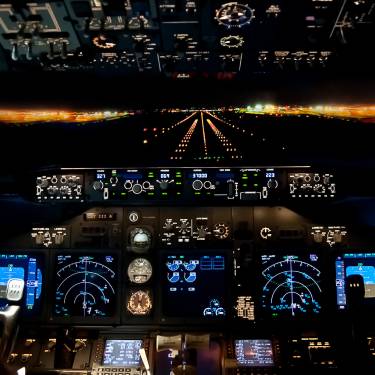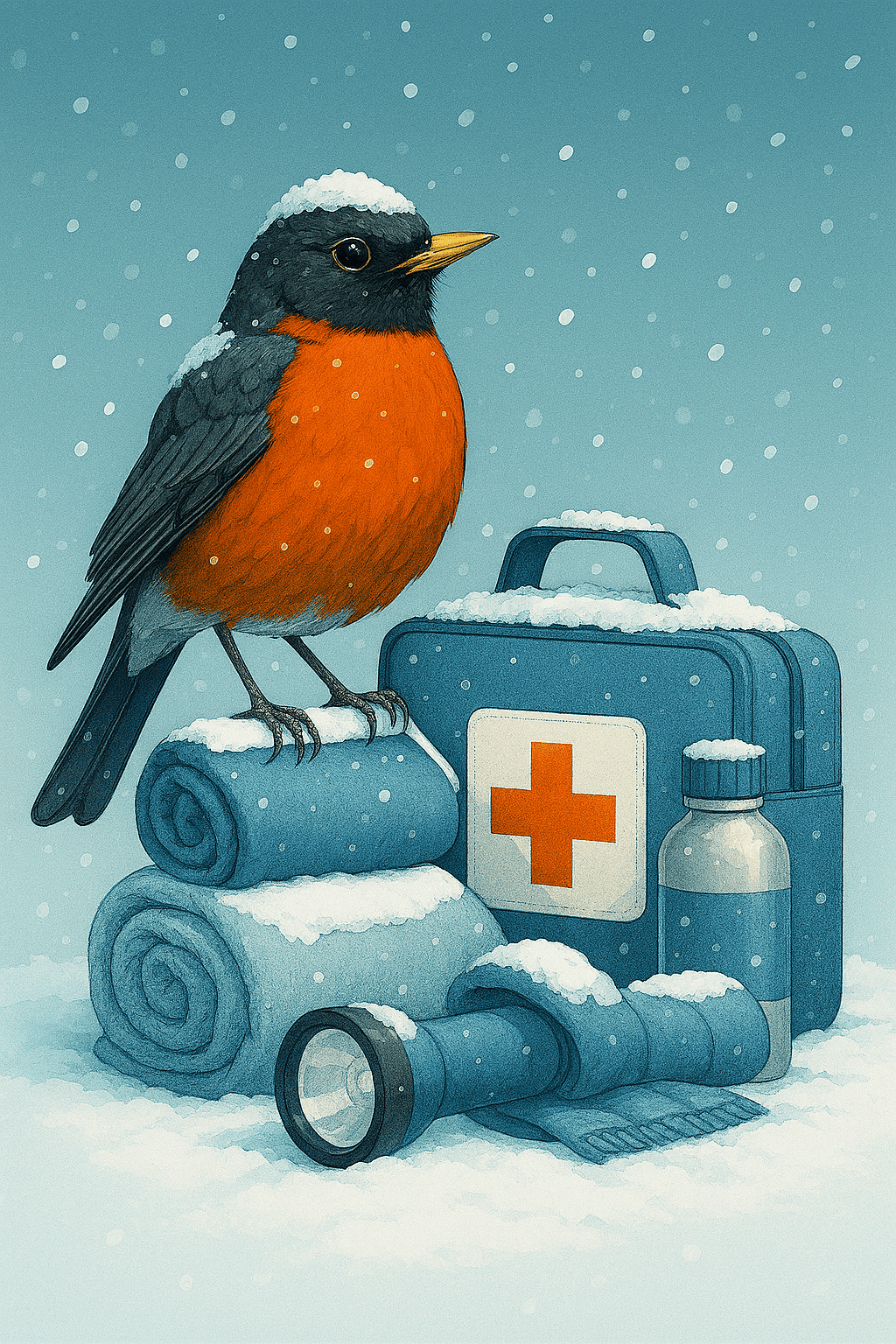
Night vision has completely changed aviation by allowing pilots to fly safely in low-light or no-light conditions. Pilots rely on technologies like night vision goggles (NVGs) and thermal imaging to enhance their situational awareness, even during the darkest hours. Here’s everything you need to know about how pilots use night vision technology when flying.
Enhancing Visibility During Night Flights
Flying at night presents unique challenges, such as limited visual cues and reduced visibility. Pilots address these obstacles by using night vision goggles, which amplify available light from sources like the moon or stars. Night vision goggles provide a wide field of view, which helps pilots spot terrain, weather changes, or oncoming aircraft. This enhanced visibility is crucial for ensuring the safety of both the crew and passengers during nighttime flights.
Identifying Runways and Landing Zones
Another way pilots use night vision when flying is to identify runways. Pilots often face difficulty identifying runways and landing areas in poor visibility. Night vision technology makes this task significantly easier by showcasing clear outlines and details of landing surfaces in the dark.
Using NVGs, pilots can locate airports and remote airstrips that don’t have adequate lighting systems. This ability is particularly important for military operations and emergency response missions.
Detecting Obstacles and Hazards
Night vision technology helps pilots detect unexpected hazards, such as trees, power lines, or mountain ranges. These threats, which might go unnoticed in total darkness, are visible night vision gear. This hazard detection not only boosts confidence but also increases overall safety during critical stages of flight, such as takeoff and landing.
Supporting Emergency and Combat Operations
The military is another of the industries that use night vision technology, showcasing its versatility and importance beyond commercial flying. Night vision technology plays a critical role in emergency and combat-related aviation missions. When operating in total darkness, pilots rely on NVGs to execute sensitive maneuvers like aerial refueling or troop extractions. Night vision allows pilots to carry out missions regardless of lighting conditions.
Supporting Pilot Training Programs
Night vision technology is also critical for pilot training programs, where it helps prepare aspiring aviators for real-world scenarios. Training with NVGs provides hands-on experience in overcoming challenges like poor visibility and identifying runway markings in darkness. Equipping pilots with these essential skills during training ensures they adapt to the unique demands of night flying later in their careers.
Night vision technology is an essential aviation tool that improves safety, efficiency, and accuracy for pilots operating in low-visibility conditions. From identifying hazards to supporting pilot training, its applications are widespread.
Bio: Casey is a passionate copyeditor highly motivated to provide compelling SEO content in the digital marketing space. Her expertise includes a vast range of industries from highly technical, consumer, and lifestyle-based, with an emphasis on attention to detail and readability.



















